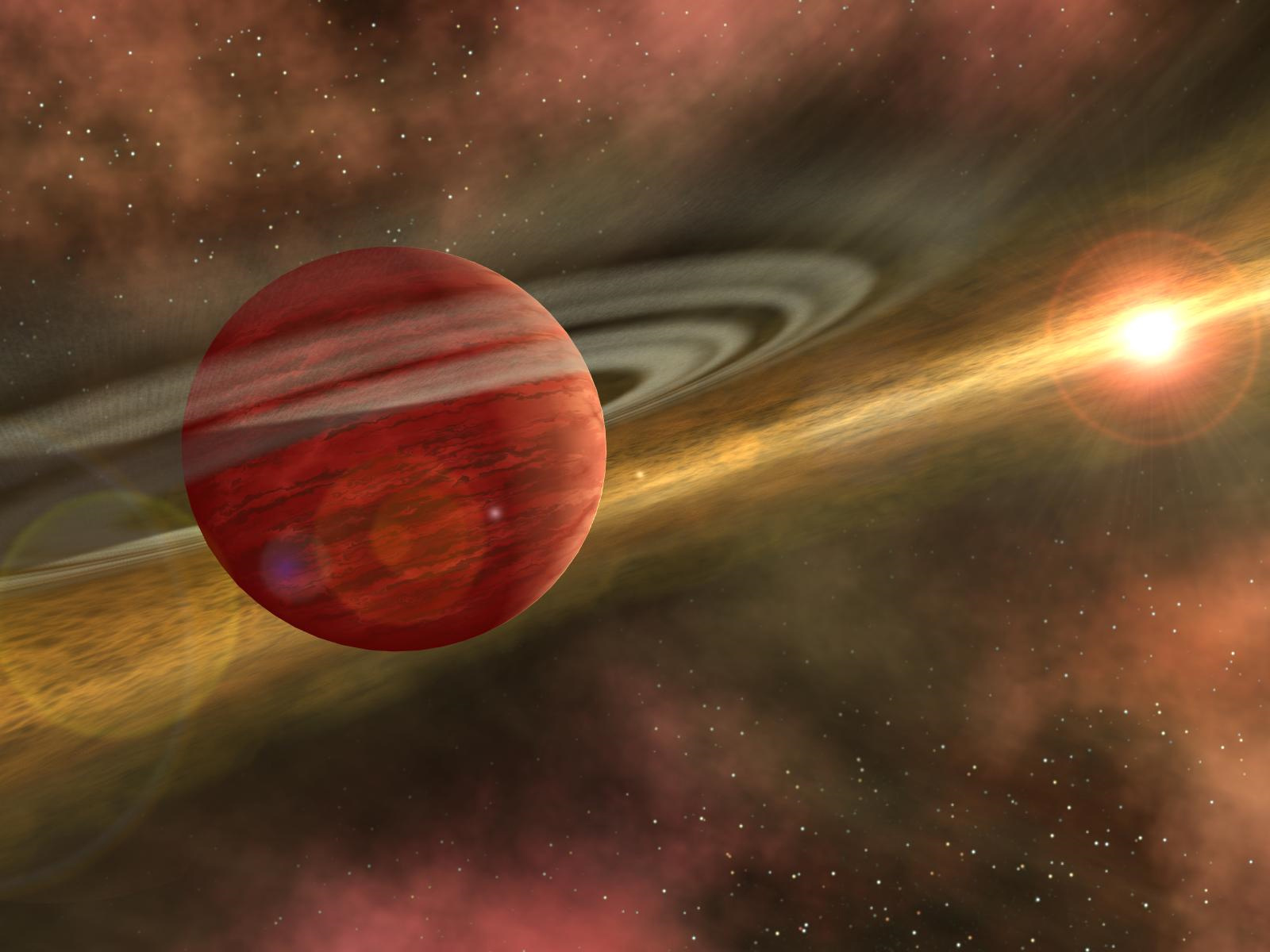Astronomers Discover 18 Huge New Alien Planets

Astronomers have found 18 new alien planets, all of them Jupiter-size gas giants that circle stars bigger than our sun, a new study reports.
The discoveries increase the number of known planets orbiting massive stars by 50 percent. The exoplanet bounty should also help astronomers better understand how giant planets form and grow in nascent alien solar systems, researchers said.
The haul comes just a few months after a different team of researchers announced the discovery of 50 newfound alien worlds, including one rocky planet that could be a good candidate for life. The list of known alien planets is now well over 700 and climbing fast.
Staring at 'retired' stars
The researchers surveyed about 300 stars using the Keck Observatory in Hawaii and instruments in Texas and Arizona. They focused on so-called "retired" type A stars that are at least 1.5 times more massive than our own sun.
These stars are just beyond the main stage of life — hence the name "retired" — and are now ballooning out to become what's known as subgiant stars.
The team scrutinized these stars, looking for slight wobbles caused by the gravitational tug of orbiting planets. This process revealed 18 new alien worlds, all of them with masses similar to Jupiter's. All 18 planets also orbit relatively far from their stars, at a distance of at least 0.7 times the span from Earth to the sun (about 93 million miles, or 150 million kilometers). [Gallery: The Strangest Alien Planets]
Breaking space news, the latest updates on rocket launches, skywatching events and more!
Planet-formation theories
In addition to boosting the ever-growing alien planet tally, the new finds lend support to one of two theories that attempt to explain the formation and evolution of planets, researchers said.
This theory, called core accretion, posits that planets grow as gas and dust glom onto seed particles in a protoplanetary disk. Core accretion predicts that the characteristics of a planetary system — the number and size of planets, for example — depend strongly on the mass of the star.
The main competing theory, called gravitational collapse, holds that planets form when big clouds of gas and dust in the disk spontaneously collapse into clumps that become planets. According to this idea, stellar mass should have little impact on planet size, number and other characteristics.
As the exoplanet finds pile up, it seems that stellar mass does in fact play an important role. The 18 huge newfound alien worlds, which all orbit massive stars, add more evidence in support of core accretion, researchers said.
"It's nice to see all these converging lines of evidence pointing toward one class of formation mechanisms," study lead author John Johnson, of Caltech in Pasadena, said in a statement.
Johnson and his colleagues reported their results in the December issue of the Astrophysical Journal Supplement Series.
Follow SPACE.com for the latest in space science and exploration news on Twitter @Spacedotcom and on Facebook.

Space.com is the premier source of space exploration, innovation and astronomy news, chronicling (and celebrating) humanity's ongoing expansion across the final frontier. Originally founded in 1999, Space.com is, and always has been, the passion of writers and editors who are space fans and also trained journalists. Our current news team consists of Editor-in-Chief Tariq Malik; Editor Hanneke Weitering, Senior Space Writer Mike Wall; Senior Writer Meghan Bartels; Senior Writer Chelsea Gohd, Senior Writer Tereza Pultarova and Staff Writer Alexander Cox, focusing on e-commerce. Senior Producer Steve Spaleta oversees our space videos, with Diana Whitcroft as our Social Media Editor.
